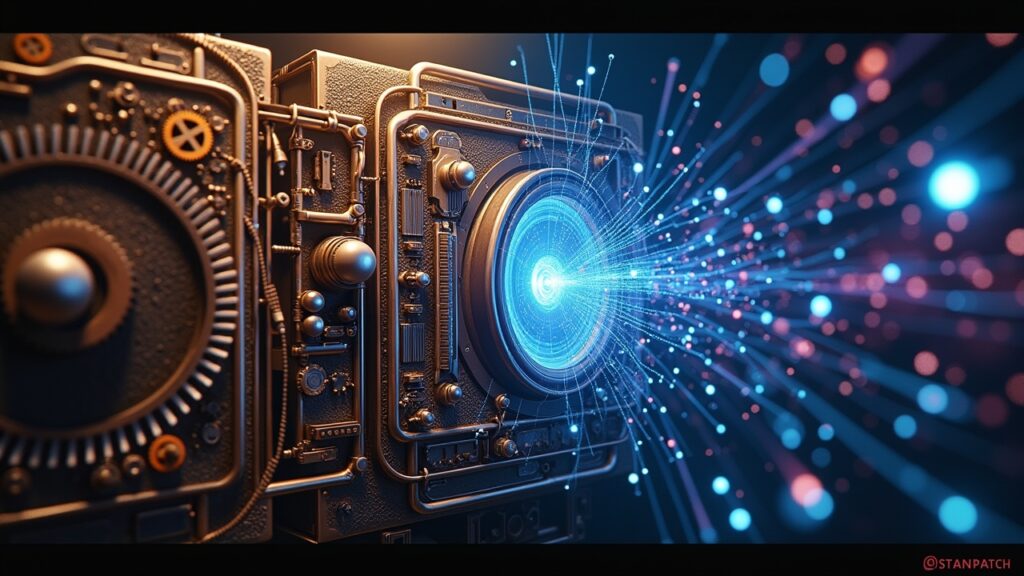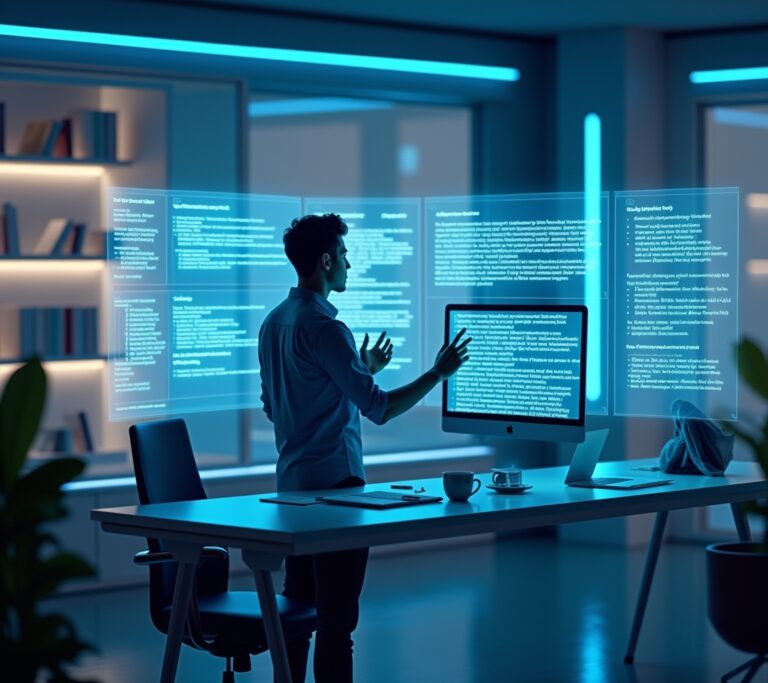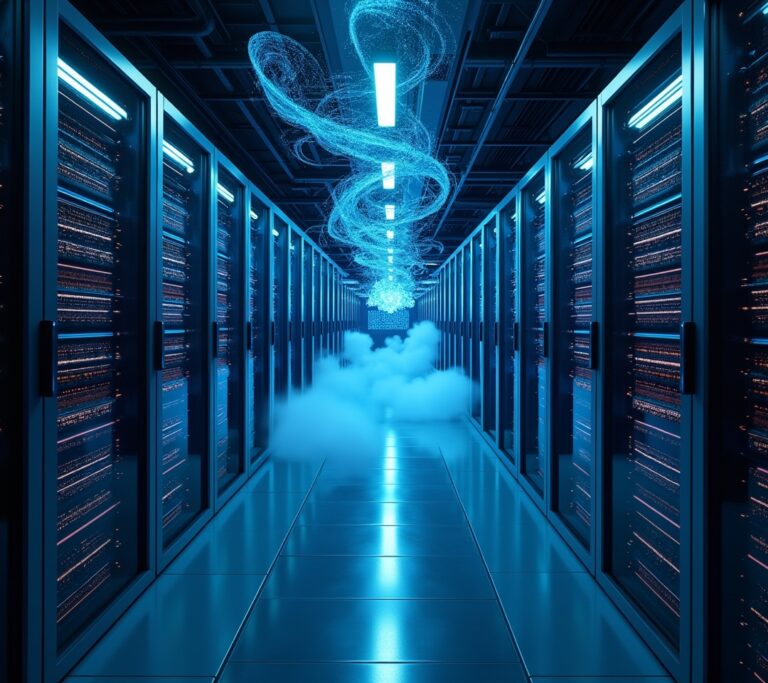Advertisements
Remember when you first heard about neural networks? I’ll never forget sitting in that cramped coffee shop in 2015, staring at my laptop screen like it was written in ancient hieroglyphics! The term “neural networks computing” sounded like something straight out of a sci-fi movie. Fast forward to today, and I can’t imagine my work without them.
Here’s a mind-blowing stat: by 2025, the neural network market is expected to hit $38.71 billion. That’s billion with a B! These brain-inspired computing systems are literally reshaping how we interact with technology every single day.
What Are Neural Networks, Really?

Okay, so neural networks are basically computer systems that work kinda like our brains. They’re made up of interconnected nodes (called neurons) that process information in layers. I used to think this was way too complex to understand, but then my mentor explained it using a pizza analogy that totally clicked.
Think of it this way: when you’re deciding if a pizza looks good, your brain processes multiple things – the cheese coverage, the crust color, the toppings distribution. Neural networks do the same thing with data! They take in information, process it through multiple layers, and spit out a decision or prediction.
The beauty of artificial neural networks is that they learn from experience. Just like how you got better at spotting good pizza over time (trust me, I’ve had my share of disappointments), these systems improve their accuracy with more data.
Deep Learning: When Neural Networks Get Serious
Now, deep learning is where things get really interesting. It’s basically neural networks on steroids – multiple hidden layers working together to solve complex problems. I remember when I first tried implementing a deep learning model for image recognition.
Man, was that a disaster at first! My model kept thinking cats were toasters. But here’s what I learned: deep neural networks need tons of data and computational power to work properly.
The breakthrough came when I started using TensorFlow and proper GPU computing. Suddenly, my models were identifying not just cats, but specific breeds. The feeling when it finally worked? Pure magic!
Machine Learning vs Neural Networks: The Big Mix-Up
People always get these confused, and honestly, I did too for the longest time. Machine learning is the big umbrella, and neural networks are just one tool in that toolkit. It’s like saying all squares are rectangles, but not all rectangles are squares.
Traditional machine learning algorithms work great for structured data – think spreadsheets and databases. But when you’re dealing with images, speech, or natural language? That’s where neural network architectures really shine. They can find patterns that would make traditional algorithms cry.
Real-World Applications That’ll Blow Your Mind
The applications of neural computing are everywhere now. Your phone’s face recognition? Neural networks. Netflix recommendations that somehow know you want to watch that weird documentary at 2 AM? Yep, neural networks again.
I’ve personally used them for:
- Predicting customer churn at my last job (saved the company thousands!)
- Building a chatbot that actually understood context
- Creating an app that could identify plant diseases from photos
The PyTorch framework has been my go-to for most projects. It’s got this intuitive feel that just makes sense, especially when you’re prototyping ideas quickly.
Getting Started: Your Neural Network Journey
Want to dive in? Here’s my honest advice from someone who’s made every mistake in the book. Start simple – really simple.
First, get comfortable with Python if you aren’t already. Then, try building a basic neural network that can recognize handwritten digits using the MNIST dataset. It’s like the “Hello World” of neural networks computing.
Don’t worry if your first attempts are terrible. Mine predicted everything was the number 8 for some reason! The key is understanding why things go wrong. Is it your learning rate? Your network architecture? Not enough training data?
The Future is Neural

As we wrap up this neural adventure, let me tell you – we’re just scratching the surface. Neuromorphic computing is coming, where hardware actually mimics brain structures. The computational neuroscience field is exploding with new discoveries.
Whether you’re a developer, a data scientist, or just someone curious about technology, understanding neural networks is becoming as important as knowing how to use a computer was 20 years ago. Start small, be patient with yourself, and remember – even the experts get confused sometimes!
Ready to explore more cutting-edge tech topics? Head over to Tech Digest where we break down complex technology into bite-sized, understandable pieces. Trust me, your future self will thank you for staying ahead of the curve!




[…] you found this helpful and want to explore more cutting-edge tech topics, check out other posts on Tech Digest. We’re always diving into the latest innovations that […]